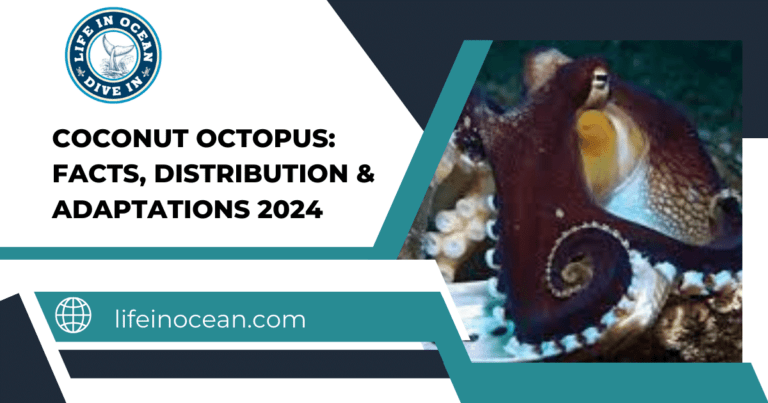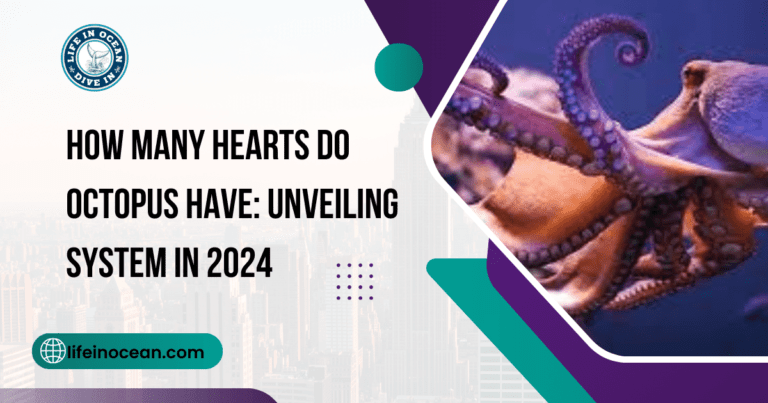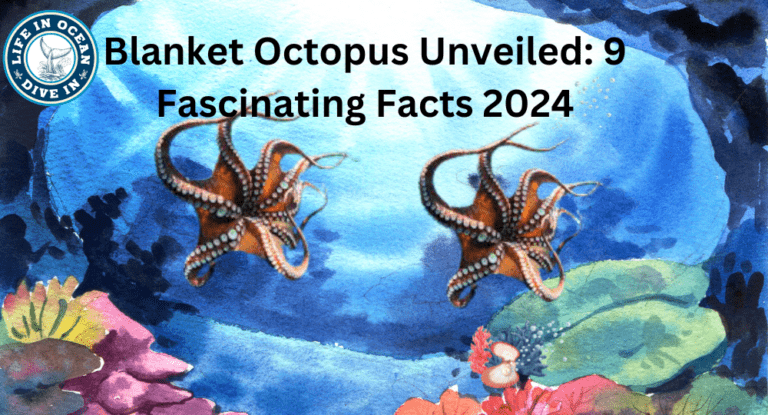Did you know that sea bunny, despite their name, are not related to rabbits? These captivating creatures have made quite a splash in the marine world with their unique appearance and behavior. Belonging to the nudibranch family, sea bunnies are a kind of sea slug known for their vibrant colors and intricate patterns.
From exploring their physical characteristics and habitat to uncovering their diet, behavior, reproduction, threats, and conservation efforts – we’ll leave no stone unturned. Prepare to be amazed by these enchanting creatures as we unravel the secrets behind their adorable appearance and how they navigate the underwater world.
So, let’s embark on an exciting journey together as we discover more about these fascinating sea slugs that have captured the hearts of ocean enthusiasts worldwide.
Table of Contents
What is a Sea Bunny?
Sea bunnies are cute little sea animals that live in oceans all over the world. They don’t have shells and their gills are out in the open. Sea bunnies got their name because they look like fluffy rabbits with little “ears” on their heads. Sea bunnies come in different colors like white, yellow, pink, and purple. Even though they’re small, only a few centimeters long, divers and photographers love them because they’re so adorable.
Small but Mighty Gastropods
Sea bunnies may be small, but they are mighty. With no shell to protect them, they rely on other defense mechanisms like toxic secretions or camouflage to deter predators.
A Rainbow of Colors
One fascinating aspect of sea bunnies is the wide range of colors they exhibit. From vibrant pinks and purples to soft whites and yellows, each sea bunny boasts its own unique hue. This colorful display not only adds to their charm but also serves as a form of protection. Some species mimic toxic or unpalatable organisms through coloration known as aposematism, warning potential predators that they are not suitable prey.
Nudibranchs: The Shell-less Beauties
Sea bunnies belong to the nudibranch group, which includes a diverse array of shell-less gastropods found in oceans worldwide. Unlike most snails that have shells for protection, nudibranchs have evolved without this external armor. Instead, they rely on different strategies such as bright coloration or toxic chemicals produced within their bodies for defense against predators.
Underwater Fashionistas
Sea bunnies are undoubtedly the trendsetters. Their vibrant colors and unique patterns make them stand out among other marine creatures. These fashionable gastropods have even inspired artists, designers, and photographers to create stunning artwork and capture their beauty through various mediums.
The Importance of Sea Bunny Conservation
Sea bunnies, like many other marine species, face numerous threats in their natural habitats. Pollution, habitat destruction, overfishing, and climate change all pose significant risks to these delicate creatures. It is crucial for us to understand the importance of conserving their ecosystems and taking steps to protect these fascinating creatures for future generations to enjoy.
Physical Appearance of Sea Bunnies
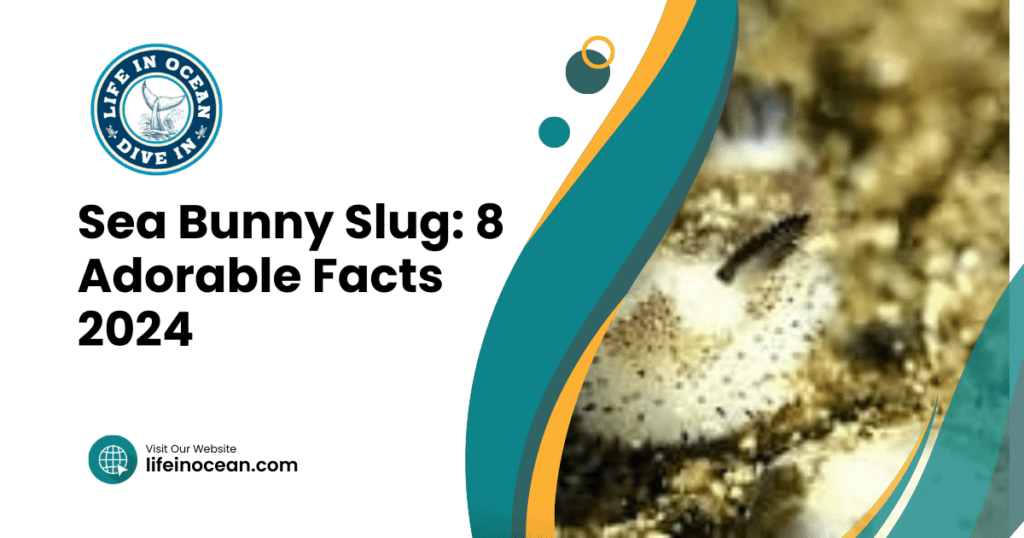
Sea bunnies are fascinating sea creatures that have a unique and eye-catching physical appearance. Let’s dive into the details to learn more about their distinct characteristics!
Soft Bodies without Shells
Unlike other snails or slugs, sea bunnies don’t have a protective shell. Their bodies are soft and elongated, which allows them to move gracefully through the water. This lack of a shell gives them a certain level of vulnerability, but they make up for it with other remarkable features.
Velvety Texture
The skin of sea bunnies is covered in numerous hair-like structures called cilia. These cilia give them a velvety texture that is incredibly soft to the touch. Imagine petting a fluffy bunny – that’s what touching a sea bunny might feel like! It’s no wonder they are often referred to as “sea slugs” because their texture resembles that of slugs found on land.
Vibrant Colors as Warning Signals
One of the most striking aspects of sea bunnies is their vibrant colors. They come in various shades, including bright yellows, pinks, blues, and purples. These vivid hues serve as warning signals to potential predators in the ocean. Just like how some animals use bright colors to signal danger or toxicity, sea bunnies employ this strategy too.
Bunny Ears and Camouflage
Sea bunnies have bunny ears on their heads. They are super cute. Some sea bunnies also have seaweed-like things on their backs. This helps them hide from predators.
Specialized Organs beneath Colorful Exteriors
Sea bunnies have special body parts that help them do different things. They have rhinophores on their heads that help them smell things in the water. This helps them find food and friends. Their bellies are made to digest the food they eat, which is mostly sponges. Sea bunnies eat by taking small bites, so they don’t hurt the sponge too much. Sea bunnies can have babies in two ways: either by having babies inside their bodies or by laying eggs that turn into little babies.
Habitat and Distribution of Sea Bunnies
Sea bunnies live in different places in the ocean, like coral reefs and rocky shores. They can be found in many oceans, and some only live in certain areas. Sea bunnies can handle warm and cold water. They like places with lots of food, like algae. The temperature and availability of food affect where they live. They also need to hide from predators. Even though we know some things about sea bunnies, there is still more to learn. Scientists are studying them to understand them better.
Diet and Feeding Habits of Sea Bunnies
Sea bunnies have a unique and interesting diet that plays a crucial role in their survival and the balance of marine ecosystems. Let’s dive into their feeding habits and explore what these adorable creatures like to munch on!
Sea Bunny’s Menu: Algae, Sponges, Hydroids, and More!
Sea bunnies are carnivorous creatures, which means they primarily feed on other living organisms. Their diet consists mainly of algae, sponges, hydroids, and various small invertebrates found in their habitat. These tiny creatures provide the necessary nutrients for sea bunnies to thrive.
The Radula: A Specialized Feeding Organ
Sea bunnies have a special tool called a radula. It’s like a tiny conveyor belt with sharp teeth. They use it to eat their food and get nutrients from algae or break down tough things like sponges.
Taking on Toxic Prey
Sea bunnies can eat poisonous food and not get sick. They have special enzymes in their stomachs that get rid of the toxins. This helps them eat more things and shows how nature can change to survive.
Guardians of Marine Ecosystems
Sea bunnies are important because they eat algae and other small creatures. This helps keep the ocean balanced and healthy for all animals.
Behavior and Adaptations of Sea Bunnies
Sea bunnies, these adorable creatures that resemble fluffy little rabbits, have some fascinating behaviors and adaptations that help them survive in their ocean habitats. Let’s explore the interesting world of sea bunnies!
Sea Bunny Locomotion
Sea bunnies are cute and move in a special way. They use muscles and tiny hair-like structures to slowly go along the ocean floor. It’s like they’re dancing as they move. Some sea bunnies can even swim or hop, just like a bunny on land. It’s really cool to see!
Vibrant Colors as Warnings
Sea bunnies are really colorful to tell predators that they don’t taste good or are poisonous. The bright colors, like blue or red, are like a warning sign that says, “Don’t eat me!” This is called aposematism. It’s like wearing cool clothes to show everyone that you’re serious and shouldn’t be messed with.
Defensive Mechanisms
Some sea bunnies eat jellyfish and take their stingy cells. These cells have venom that can scare away attackers. It’s like the sea bunnies have superpowers! They can use the stinging cells to protect themselves when they’re in danger.
Camouflage and Mimicry
Sea bunnies are good at surviving in the ocean because they can adapt and blend in with their surroundings. They can change their colors and patterns to match where they live. This helps them hide from other animals that might want to eat them. Sea bunnies can also pretend to be something else, like a toxic animal or a rock. This tricks other animals and keeps them safe.
Reproduction and Life Cycle of Sea Bunnies
Reproduction is an essential part of any animal’s life cycle, including sea bunnies. These fascinating creatures have unique reproductive processes that contribute to their survival in the ocean. Let’s dive deeper into how sea bunnies reproduce and the different stages of their life cycle.
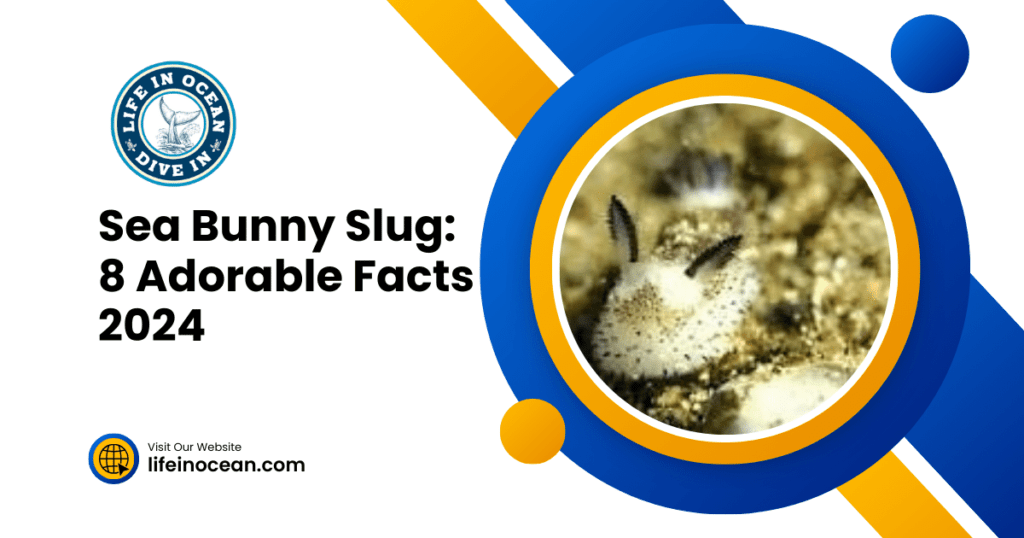
Sea Bunny Reproduction
Sea bunnies have babies by putting sperm inside the mommy bunny. They don’t just let the eggs and sperm float in the water like fish do. The boy bunny gives the girl bunny a packet of sperm to help make babies.
Egg Laying and Development
When sea bunnies have babies, they lay eggs in a slimy bunch. The eggs keep the babies safe as they grow. Different sea bunny species can lay lots of eggs, like hundreds or thousands. This helps make sure some babies will live and keep the group going.
Larval Stage and Metamorphosis
After sea bunny eggs hatch, the baby sea bunnies float in the water and eat small things. They grow and change a lot before becoming adult sea bunnies. This change is called metamorphosis. It makes them look different and have special features like rabbit ears.
Adult Sea Bunnies
Sea bunnies are cute underwater creatures that live on the ocean floor. They have fluffy bodies and come in lots of different colors. These colors help protect them from predators because they warn that they might be dangerous to eat.
Lifespan
Sea bunnies live for different amounts of time. Some live for a few months, while others live for a few years. Things like where they live, predators, and food can affect how long they live. Sea bunnies are not immortal, but they have babies and change to survive and keep their species going.
Threats to Sea Bunnies
Sea bunnies, these adorable creatures of the sea, face a range of threats that put their survival at risk. Let’s take a closer look at some of the challenges they encounter in their underwater world.
Habitat Destruction Caused by Pollution, Coastal Development, and Climate Change
Sea bunnies need clean homes to survive. Pollution from farming and factories can make the water toxic for them. Building resorts and harbors can also mess up their homes. Climate change is another problem. It makes the water hotter and harms the coral reefs where sea bunnies live. This messes up their food supply too.
Overfishing and Destructive Fishing Practices
Overfishing hurts not only the fish we want to catch, but also other sea animals like sea bunnies. When we catch too many fish, it messes up the whole ocean system. For example, if we catch a lot of fish that sea bunnies eat, then the sea bunnies won’t have enough food. Some fishing methods make things even worse. Like when people drag nets on the ocean floor or use explosives, it hurts the seafloor and ruins places where sea bunnies live and eat. When their homes get destroyed or their food sources go away, it hurts the sea bunny population too.
Pollution from Chemicals, Plastics, and Oil Spills
The oceans are unfortunately becoming dumping grounds for various pollutants. Chemicals from industrial processes, plastics, and oil spills all contribute to the pollution that threatens sea bunnies and other marine organisms. These pollutants can contaminate the water, making it toxic for sea bunnies to live in. They can also become entangled in discarded fishing nets or ingest plastic debris, leading to injury or even death.
Acidification of Seawater
The increased levels of carbon dioxide in the atmosphere not only contribute to climate change but also have a direct impact on the oceans. When carbon dioxide dissolves in seawater, it leads to acidification. This change in pH affects the growth and survival of sea bunnies’ prey, such as algae or seagrass. Disruptions in their food chain can have cascading effects on sea bunny populations.
Conservation Efforts for Sea Bunnies
Several organizations and researchers are actively working to conserve sea bunnies through various initiatives. These efforts include scientific studies, monitoring programs, and public awareness campaigns. By focusing on these key areas, we can help protect and preserve the delicate ecosystems where sea bunnies thrive.
Scientific Studies:
Scientists conduct extensive research to better understand the behavior, habitat requirements, and population dynamics of sea bunnies. This valuable information helps inform conservation strategies and management plans. Through field observations and laboratory experiments, scientists gather data on factors such as feeding habits, reproduction patterns, and responses to environmental changes.
Monitoring Programs:
To effectively conserve sea bunnies, it is essential to monitor their populations over time. Monitoring programs involve regular surveys in specific habitats to assess population size, distribution, and health status. By tracking changes in sea bunny populations, scientists can identify potential threats or declines early on and take appropriate action to mitigate them.
Public Awareness Campaigns:
Raising awareness among the general public is crucial for garnering support for sea bunny conservation. Public awareness campaigns aim to educate people about the importance of protecting marine environments and the unique species that inhabit them. These campaigns often utilize various media platforms such as social media, television programs, documentaries, and educational materials to reach a wide audience.
Protecting marine habitats is a vital aspect of conserving sea bunnies and other marine species. Here’s how it contributes to their preservation:
- Preserving Coral Reefs: Coral reefs serve as critical habitats for many marine organisms, including sea bunnies. Conserving these fragile ecosystems ensures that sea bunnies have suitable places to live and reproduce.
- Maintaining Seagrass Beds: Seagrass beds provide important feeding grounds for sea bunnies. Protecting seagrass habitats helps ensure an abundant food supply for these adorable creatures.
- Restoring Mangrove Forests: Mangrove forests act as natural buffers, protecting coastal areas from erosion and providing shelter for various marine species. Restoring mangrove habitats benefits not only sea bunnies but also the entire ecosystem.
Implementing sustainable fishing practices is another crucial step in conserving sea bunnies. By following these practices, we can reduce indirect impacts on sea bunny populations by maintaining healthy prey populations. Some sustainable fishing practices include:
- Selective Fishing: Targeting specific fish species and avoiding the capture of non-targeted species helps maintain a balanced marine ecosystem.
- Reducing Bycatch: Implementing measures to minimize accidental catch of non-targeted species reduces harm to marine wildlife, including sea bunnies.
- Using Fishing Gear with Escape Mechanisms: Employing fishing gear that allows unintended catch to escape reduces the risk of entanglement and injury to sea bunnies.
Reducing pollution is crucial for maintaining healthy marine environments where sea bunnies reside.
Conclusion
You know a lot about sea bunnies now! They’re cute and have cool ways to live underwater. Now it’s time to do something. Tell your friends and family about sea bunnies. Ask them to learn more and help protect them. We need to work together, just like sea bunnies do.

Support groups that save the ocean and do things that help the environment. Let’s make sure future generations can enjoy sea bunnies too. Start making a difference today! Keep exploring nature and stay curious!
FAQs
What is a sea bunny?
A sea bunny is a type of marine slug known for its adorable appearance and fuzzy exterior. These fascinating creatures are also referred to as Jorunna parva or “sea rabbits” due to their resemblance to small bunnies hopping around underwater.
Where can I find sea bunnies?
Sea bunnies are commonly found in the waters of the Indo-Pacific region, particularly in Japan, the Philippines, and Indonesia. They prefer shallow coastal areas with plenty of seaweed and algae where they can feed on these plants.
How big do sea bunnies get?
Sea bunnies are relatively small creatures, typically growing up to 2 centimeters in length. Their petite size adds to their cuteness factor!



